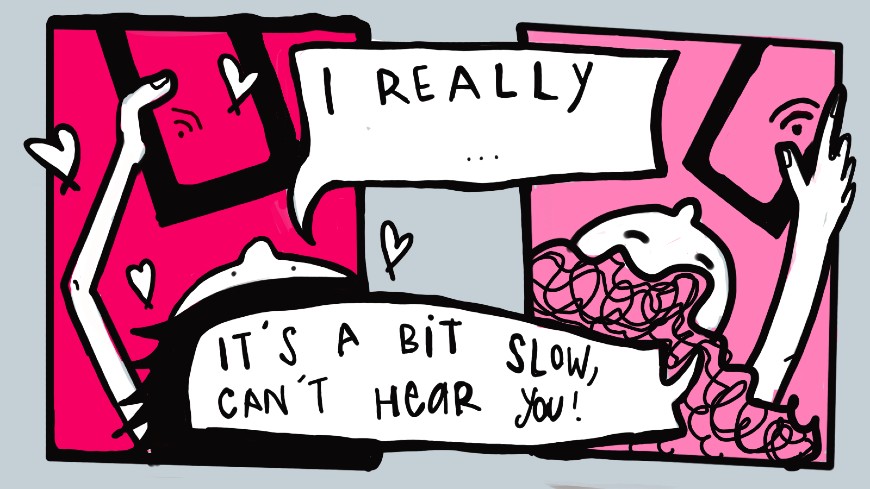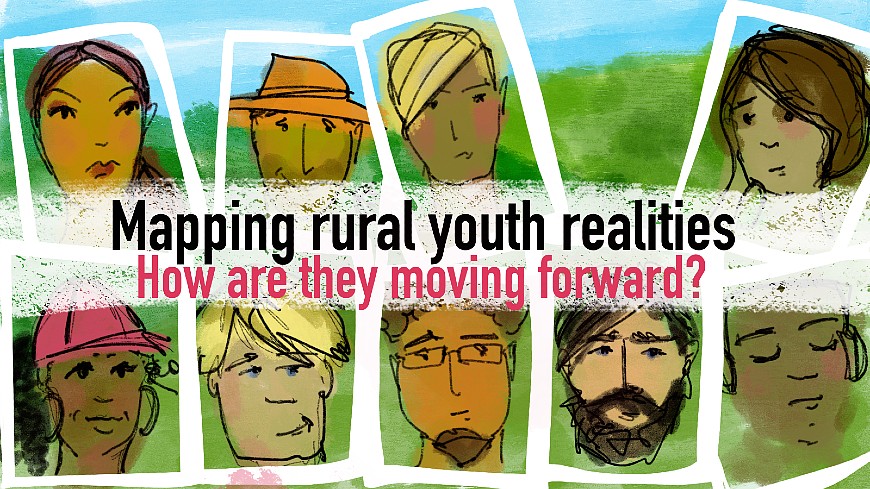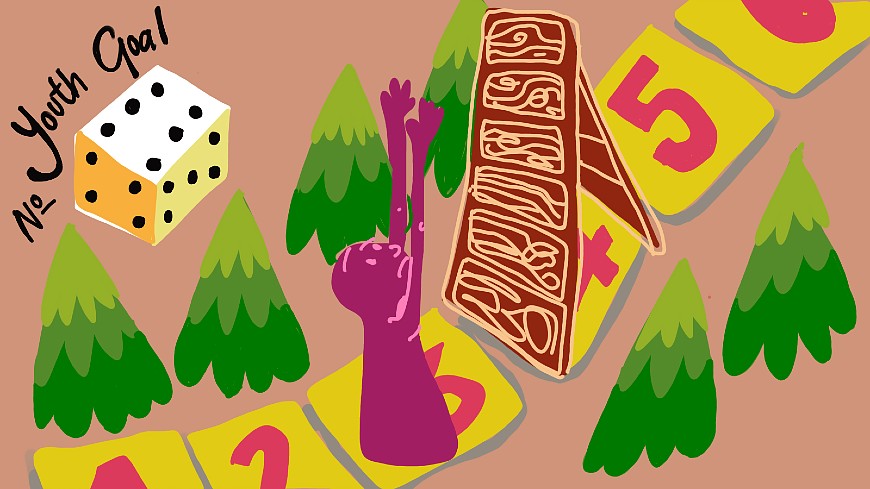Moving rural youth forward
The light shed by the Youth Goal
by Anna Lodeserto
08/10/2020
In Europe, rural society continues to play an important role and this is especially relevant when it comes to life decisions made by young people and their transitions to adulthood. In the last few decades, parallel to the process of European economic and political integration, traditional rural habits, arts and crafts have been revitalised out of a need to preserve and enhance regional specificities, although in many cases this has turned into regressive and exclusionary nationalist approaches, 1 and even authoritarian populism.2
The natural receivers and transmitters of this ambivalent heritage, the rural youth, have become an increasingly rare added value. In most rural regions, the number of young people has decreased as a consequence of the negative trends in demographic growth, and of the massive abandonment of the countryside, especially by the working-age population. The current situation of EU rural areas has also been influenced by a variety of causes related to social, economic, cultural, demographic, geographic and environmental conditions, which have contributed to increased disparities in the living standards of young people who chose not to emigrate or who decided to settle in rural areas coming from different backgrounds.
Even in various parts of Europe, youth transitions are still different, as they also are in rural and urban areas, and they differ according to social background, ethnicity, culture, religion, gender, social, economic and many other circumstances.
In this context, one of the Youth Goals of the EU Youth Strategy 2019-2027 paves the way for further developments on this issue, so it is well worth analysing the rationale behind it.
 What does the Youth Goal mean?
What does the Youth Goal mean?

Between 2017 and 2018, policy makers, young people and researchers took part in the 6th Cycle of the Structured Dialogue entitled “Youth in Europe – What’s next?”, which was conceived as a consultative and participatory initiative, implemented by the European Commission, to increase co-operation with young people and to make their voices heard in the European decision-making process. Participants in the Structured Dialogue focused on issues of relevance to young people through an EU-wide consultation and clustered them into 11 European Youth Goals. Goal no. 6, developed under the rubric of Moving Rural Youth Forward, is entirely dedicated to the challenges facing young people in rural areas, where there are fewer opportunities, and it is widely recognised that they face particular hardships in realising their goals and ambitions. This work draws heavily on the thematic report “Rural areas"3 produced by Dan Moxon and Ondřej Bárta from the Pool of European Youth Researchers and the responses they collected to the consultation questions: “What needs to change to ensure young people living in rural areas are provided with similar opportunities to young people in city areas?”, and “What needs to change in order to make rural areas more attractive for young people?”
As incorporated in the EU Youth Strategy, Goal no. 6 is subdivided into seven targets, namely to:
Ensure appropriate infrastructure in rural areas in order to provide equitable delivery of public services, data connectivity and housing opportunities for young people.
Ensure that sustainable, high-quality jobs, accessible to young people are created in rural areas.
Ensure the decentralisation of different activities by, for and with young people in order to support their inclusion and to benefit local communities.
Ensure that young people in rural areas are actively participating in decision-making processes.
Ensure equal access to high-quality education for young people in rural areas.
Establish a positive image of rural areas.
Ensure the protection of rural traditions.
All seven targets taken together represent a great opportunity to improve young people’s socio-economic integration and empowerment across Europe and also to support a policy of social cohesion, thus generating economic and social growth in less privileged areas of the continent.
Despite the EU-wide commitment to rural development and given the fact that by 2015 almost one-third of the European population was living in rural areas, significant differences still exist between life in urban and rural areas. While acknowledging the unique nature of rural places, the majority of young people consulted called for an increase in the range and quality of leisure, cultural, educational and health-care opportunities available within rural areas and expressed a clear wish for the basic standards of life to be improved. Moreover, in some cases young people in rural areas felt less – or, indeed, not at all – able to influence local decision making, as they were disconnected from town halls and other local government institutions.
In this context, the year 2020 has marked several turning points. First, from the institutional point of view, the first semester was extremely relevant as the conclusion of the RO-FI-HR Trio Presidency under the overall theme Creating Opportunities for Youth. This was specifically foreseen as a topic for the EU Youth Conference that took place under the auspices of the Croatian Presidency from 9-11 March 2020 in Zagreb, Croatia. The outcomes of the 7th Cycle of EU Youth Dialogue can be found here: Opportunities for Rural Youth – How to ensure the sustainability of rural communities across the EU. The conference addressed current demographic challenges with a focus on young people in rural and remote areas and how to provide them with a level playing field as regards to quality of life.
Secondly, it is precisely the world pandemic and its impact on all EU member states which represents another key turning point. Before that, young people were already struggling for their voices to be heard. These young people are now among those most affected by the socio-economic impacts of the pandemic. While they are simultaneously among the most active in solidarity activities at grass-roots level, such commitment is not always visible, due to the marginal areas where they live and the generally poor communication tools available to them. According to the most recent studies, the economic repercussions of the COVID-19 pandemic and related crisis will hit young people particularly hard.
A number of fragmented initiatives have begun to appear across the EU over the past few months, but what is now urgently needed is a more strategic framework, one taking into account the proposals delivered in the Structured Dialogue consultations, which are more relevant today than ever before.
Given the cross-sectoral nature of rural youth policy, I will here adopt a framework definition, the one systematised and proposed by Ondřej Bárta and included in the document “Rural youth indicators: open source indicators for evaluating Youth Goals implementation”, as follows: “Rural youth policy is any public policy targeting either explicitly or implicitly young people (15 to 29 years of age) in rural areas (as defined by Eurostat)”.4 Such policies can be identified at all levels: local, regional, national, and international.
 How public authorities can make use of the Youth Goal
How public authorities can make use of the Youth Goal
In the wake of the Covid-19 lockdown, many initiatives have begun to spread, albeit in a fragmented fashion, across the EU. These question the use of physical spaces, especially those regarding work or study, as factors that attract young people to major urban centres across the continent, many of which have become seriously overcrowded in the recent past.
In this context, the Youth Goal, Moving Rural Youth Forward, could become a lighthouse that really acts as a beacon to the way forward.
During the recent lockdown, millions of people, including many young people, were required to work or study remotely. Before such practices can become truly effective, though, an enormous effort is needed to bridge the digital divide and address issues of digital literacy still prevalent in rural areas.

The connectivity in Europe has grown steadily over the past few years, reaching over 80% of the population, but this falls to less than 50% in rural areas across the continent. The gap between rural and urban connectivity does not appear to be closing, even though this is a stated objective of the Digital Agenda by 2020. On 9 June 2020, the latest edition of the Digital Economy and Society Index (DESI), an annual composite assessment summarising Europe’s digital performance and competitiveness, was released. The 2020 Index revealed that broadband coverage in rural areas remains a particular challenge with 10% of households in Europe’s rural zones still not covered by any fixed network, while 41% of rural homes do not have access to next-generation-access technology.
This overall situation particularly affects the youngest generations in many different respects. It remains difficult for them to keep updated with competences and to be on track, and does not encourage the diversification many need in order to develop their talents and realise their ambitions. The use of digital tools is often not a practical consideration in predominantly agricultural areas, while the contribution that digital assets can bring to these sectors is often undervalued.
 The importance of digital transition and media literacy
The importance of digital transition and media literacy
The objectives of digital inclusion could be aligned with the European Youth Goals which are designed to enable young people to realise their full potential, make the most of the European Skills Agenda, take advantage of the green and digital transitions and support a prompt recovery from the Covid-19 crisis. Although these are non-binding targets, the EU Youth Strategy can and should contribute to the realisation of the vision they represent by mobilising instruments and stakeholders at EU, national, regional and local levels.
In the past decade, digital technologies have revolutionised the lives of young people in many ways, and policies need to consider both opportunities and challenges through maximising the potential of social media, equipping youth with appropriate skills and fostering critical thinking and media literacy – regardless of geographical constraints. When it comes to communication – both online and offline – to and within rural and marginalised areas, young people also act as pioneers. This became especially evident during the recent lockdowns, when young people took the lead in many activities requiring the use of technology at home and within the context of rural areas.
 The importance of youth employment and entrepreneurship
The importance of youth employment and entrepreneurship
Together with digital transition, the promotion of enterprise education is also at the heart of youth policy in rural areas. Lack of employment opportunities and the need to contribute to household income are important incentives for young people to launch entrepreneurial activities, especially in rural areas.
Within this perspective, some initiatives and policies to promote youth entrepreneurship are already in place through European programmes (Erasmus for Young Entrepreneurs, European Structural and Investment Funds, Young Farmers’ Scheme, Youth Guarantee, European Social Fund, EU Programme for Employment and Social Innovation (EaSI), etc.), but the lack of information available to young people in rural areas, or otherwise marginalised, further compromises the scenario.
It is useful at this point to remind ourselves that the Council of Europe’s publication Youth policy essentials states that “Youth policy may include measures or programmes for all young people as it may include measures for specific groups of young people, such as those economically vulnerable or living in rural areas.”
A stronger commitment to implementing the EU Youth Strategy is needed, especially at local and regional levels, not only to deliver fully its specific goals, but also to support the broader aim of reaching out to all young people in the EU, with a view to improving their prospects, irrespective of their background, social status or where they live.
 Little glimpse into the future about how youth organisations can make the most of the Youth Goal
Little glimpse into the future about how youth organisations can make the most of the Youth Goal
The EU Youth Strategy relies on the involvement of young people from various backgrounds and it strives to reach out to them at grass-roots level, building networks at all levels to overcome common difficulties.
In this perspective, building on existing alliances and creating new partnerships is vital to increase the opportunities to reach Youth Goal no. 6 and its targets. The work of existing networks such as the European Network of Rural Development and Rural NEETs Youth Network (RNYN) together with the instruments, including relevant publications, promoted within this context can represent consistent platforms to learn more about lesser-known rural areas and initiatives that risk not gaining attention at transnational level. The creation of thematic alliances is crucial to connect sparsely populated areas already suffering from isolation and fragmentation of territory, extreme population decline, brain drain, a lack of adequate social services, and the digital backwardness which characterises the rural, peripheral and remote regions of Europe. A credible effort in communication is also needed to provide a broad audience with a fair overview about the concrete opportunities, and also difficulties, connected with life in such areas. This is often romanticised when the mainstream media produce extreme coverages such as those published after the pandemic, where these areas are represented more as totally inhabited places in contrast to the cities hard hit by the virus, than as pre-existing places with their own identities and difficulties (among others, lack of health-care assistance, ageing population, insufficient broadband for remote working and connections).

It is ever more evident how international youth projects can make a meaningful difference in rural and geographically isolated areas, both to host activities and create opportunities for cultural diversity to flourish and to allow young people to experience different contexts in a focused and safe way through EU programmes. Thus, they are being directly involved in cross-fertilisation and creativity processes not easily taking place in their area of origin.
Work has been carried out by the Council of Europe youth sector to promote human rights, social inclusion and the active participation of young people since 2009, in particular through the Enter! project – as can be seen in the last edition of Coyote. This was followed by Recommendation CM/Rec(2015)3, Access of young people from disadvantaged neighbourhoods to social rights, which was adopted by the Committee of Ministers of the Council of Europe on 21 January 2015. It is relevant in terms of the attention given to young people from disadvantaged neighbourhoods and the commitment to create better access to quality education, secure employment, decent living conditions, adequate transport, health care, technology and opportunities for social, cultural and economic participation as a prerequisite for their inclusion and active citizenship. As explicitly mentioned in the Recommendation, “in their transition to full autonomy and adulthood, young people from disadvantaged neighbourhoods, especially those living in poverty, are more vulnerable to all kinds of risks, including poor physical and mental health, substance abuse, self-harm, violence, discrimination and exclusion”.
It is also worth noting the report prepared by Ondřej Bárta, which focuses on detailed exploration of survey data provided by the National Working Groups concerning Youth Goal No. 6: Moving Rural Youth Forward. It compares young people from rural areas with their urban counterparts and is the priority which focuses more confidently on influencing local communities. Youth work in rural areas is already linked to community life (hence coming out as a slightly lower priority to work on), as young people in rural areas have slightly more contact with youth workers than their urban counterparts.5
One of the most recent examples of consultations at local level is drawn from the projects included in the best practices selected within the long-term co-operation project EUROPE GOES LOCAL – Supporting Youth Work at the Municipal Level run by the National Agencies of the Erasmus+: Youth in Action programme from July 2016. It aimed to raise the quality of local youth work, in particular through enhanced co-operation between various stakeholders mostly active at the municipal level.
Among the most effective experiences detected in this context is the initiative promoted by the Youth Council of Žilina Region (RMŽK) in Slovakia. Since 2016, it started negotiations with the city managers of four villages to strengthen the co-operation of the local village municipality with the youth inhabitants. The culmination of the year-long work was the creation of a strategic document, which includes the conception of youth work in the village with the action plan and its approval by the local authority as a binding document, showing what they need to focus on.
Another example of relevant action is a LEADER project which supported generation renewal by promoting employment opportunities in the rural areas of the Spanish region of Catalonia. It is promoted by a local action group called LAG Alt Vegell-Cerdanya as a response to the youth exodus that aimed to also provide solutions to prevent the brain drain. The activities implemented in 2016 and 2017 ranged from supporting young people interested in learning about the opportunities that exist in rural areas for potential professional initiatives, to fostering entrepreneurship and improving youth employability, as well as raising awareness among businesses of the added value that young people represent for companies’ growth while also reinforcing links between business and universities.6
 Conclusion
Conclusion
In conclusion, from our overview, it is clear that the European Youth Goal no. 6 aims at improving conditions, educational and otherwise, of young people in rural areas in a holistic perspective, which includes the participation sphere, employability, cultural diversity and policy dimension at the grass-roots level.
With the aim of realising the potential of this goal, and of rural youth in general, the proposal derived from the analysis of the work already done at institutional level through policy recommendations and strategies and by the organisations implementing specific projects is focused on creating the conditions to guarantee access by young people to the decision-making processes. To do this effectively, it is also necessary to take advantage of small places and less competitive contexts – often found in rural areas - instead of the disadvantages of infrastructure weaknesses and marginalisation. The diversity that young people from rural and peripheral areas have sought for centuries by going to more centralised places could be potentially recreated through their own innovation and creative efforts. This represents a true mindset shift that can benefit the whole community and contribute to the creation of a more integrated and connected world, overcoming any geographical and socio-economic discrimination.
1. Dijkstra L., Poelman Hugo and Rodríguez-Pose A. (2018), The geography of EU discontent, Regional and Urban Policy, WP 12/2018, Publications Office of the European Union, Luxembourg.
2. Scoones I., Edelman M., Saturnino M. B. Jr, Hall R., Wolford W. and White B. (2018), “Emancipatory rural politics: confronting authoritarian populism”, The Journal of Peasant Studies Vol. 45, No. 1, pp. 1-20, https://doi.org/10.1080/03066150.2017.1339693.
3. Moxon D. and Bárta O. (2018), The VI Cycle of Structured Dialogue Consultation, Thematic report, “Rural areas”.
4. Ibid.
5. Bárta O. (2020), Youth Goal No. 6: moving rural youth forward. Findings from additional analyses of the surveys in 7th Cycle of the EU Youth Dialogue, Zenodo.
6. Labianca M. and Valverde F. N. (2019), “Depopulation and aging in rural areas in the European Union: practices starting from the LEADER approach”, in García E. C. and Valverde F. N. (eds), Despoblación y transformaciones sociodemográficas de los territorios rurales: los casos de España, Italia y Francia”.



